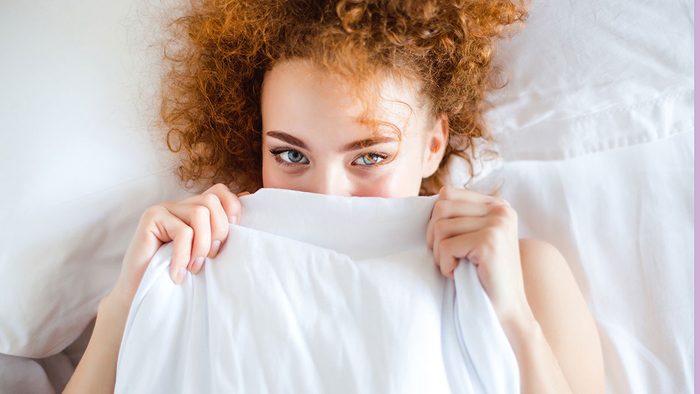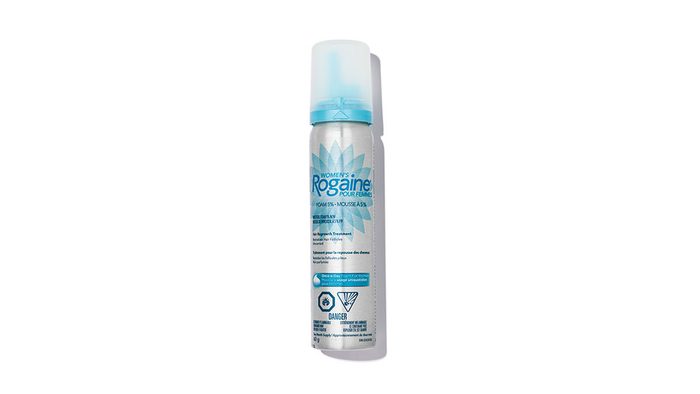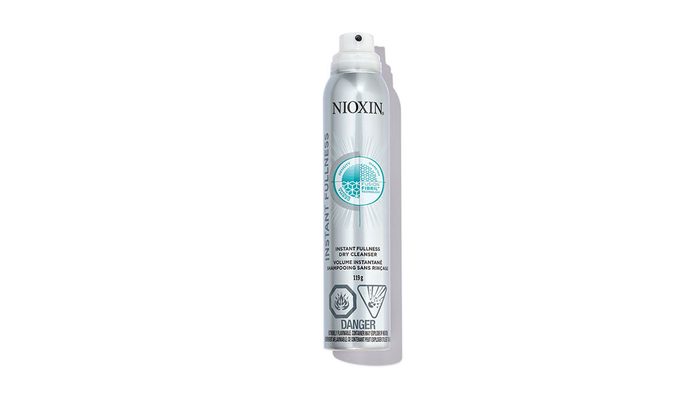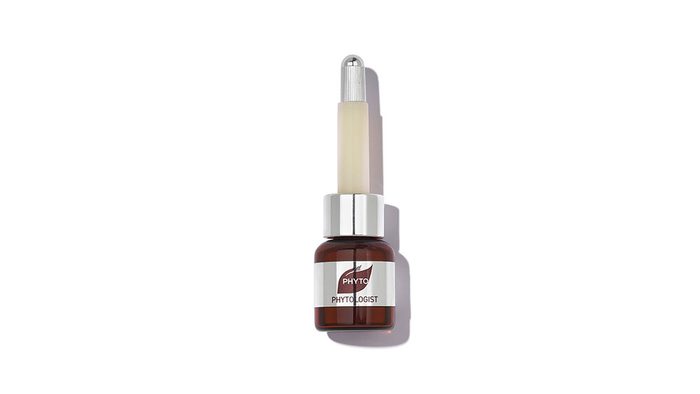
How to stop hair loss
Thin may be the ideal adjective to describe some body features, but when it comes to hair, many want it to be anything but.
“The two most common types of hair loss are androgenetic alopecia (a.k.a. female pattern hair loss) and telogen effluvium (shedding type of hair loss),” says Dr. Renée Beach, dermatologist and head of Hair Loss Clinic, Women’s College Hospital in Toronto. “Different sources report the prevalence of female pattern hair loss to be 20 to 40 percent of the adult population.”
Since natural functions lead hairs to fall out regularly, it can take a closer look at what’s happening up top to identify a more serious issue. If you experience gradual thinning over the crown, gradual widening of the width of your part on top of the scalp or are able to wrap a hair tie more times than previously, you may be experiencing hair loss, says Dr. Beach. Also, if you’re losing more than 150 hairs per day consistently, and the hairs have small white bulbs when viewed from their root, it’s time to seek help, she says.
Once identified, a course of action will be rooted in the cause. “In cases of reversible hair loss that manifest as shedding episodes, three common causes include post-pregnancy, iron deficiency, and thyroid abnormalities,” she says. The list also encompasses major physiological change (such as surgery), crash diets or nutritional deficiencies, significant emotional stressors, like a breakup or bereavement, as well as major financial stress (think: bankruptcy). As for female pattern hair loss, there is a genetic component and also some hormonal contribution, she says. Check out these other common causes of female hair loss.
To manage any type of hair loss, you’ll need an experimental spirit and a healthy dose of patience. “We do not have a definite cure for the various forms of hair loss. When there is an identifiable cause, such as low iron, it is important to treat the cause or correct the deficiency,” she says. “For female pattern hair loss, a combination of topical therapy, oral therapy and procedural therapy with in-office treatments can be performed to hopefully achieve modest regrowth. Minoxidil foam available over-the-counter can provide hair growth when used as directed.”

How to stop hair loss: The daily convenience
A once-daily unscented scalp treatment that contains active ingredient minoxidil to reactivate the hair growth cycle and stimulate regrowth.
Women’s Rogaine Foam 5%, $80 at well.ca.

How to stop hair loss: The volumizing cleanser
Formulated with tapioca starch to absorb scalp oils, and silica to add dimension to individual strands.
Nioxin Instant Fullness Dry Cleanser, $26 at salons.

How to stop hair loss: The leave-in scalp treatment
A lightweight blend of 99 percent natural and botanical ingredients designed to encourage healthy hair growth.
Phyto Phytologist Scalp & Hair Concentrate $100 at phyto-canada.ca.
